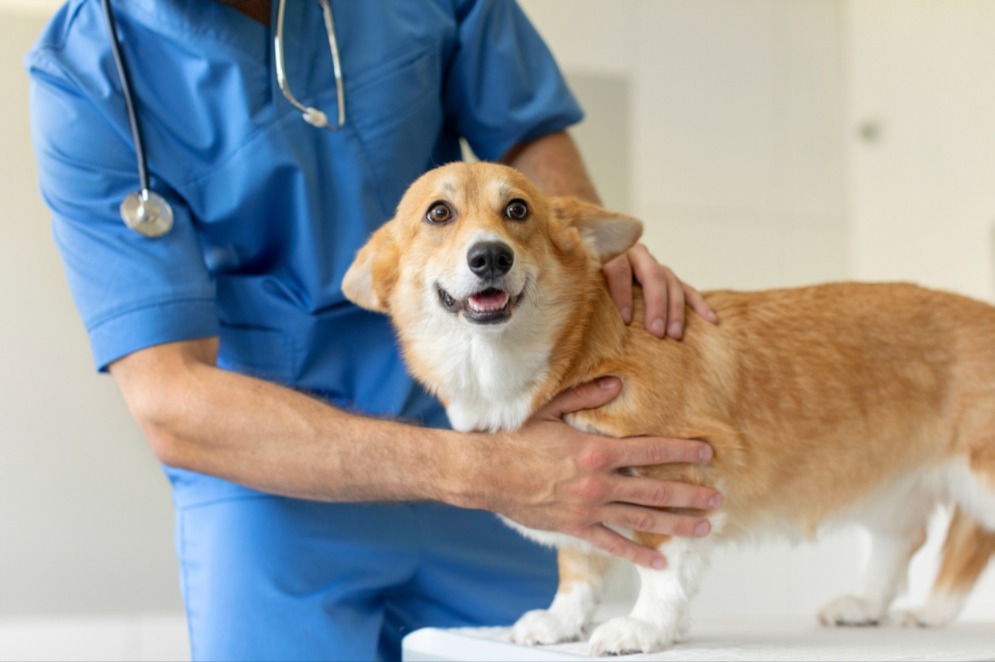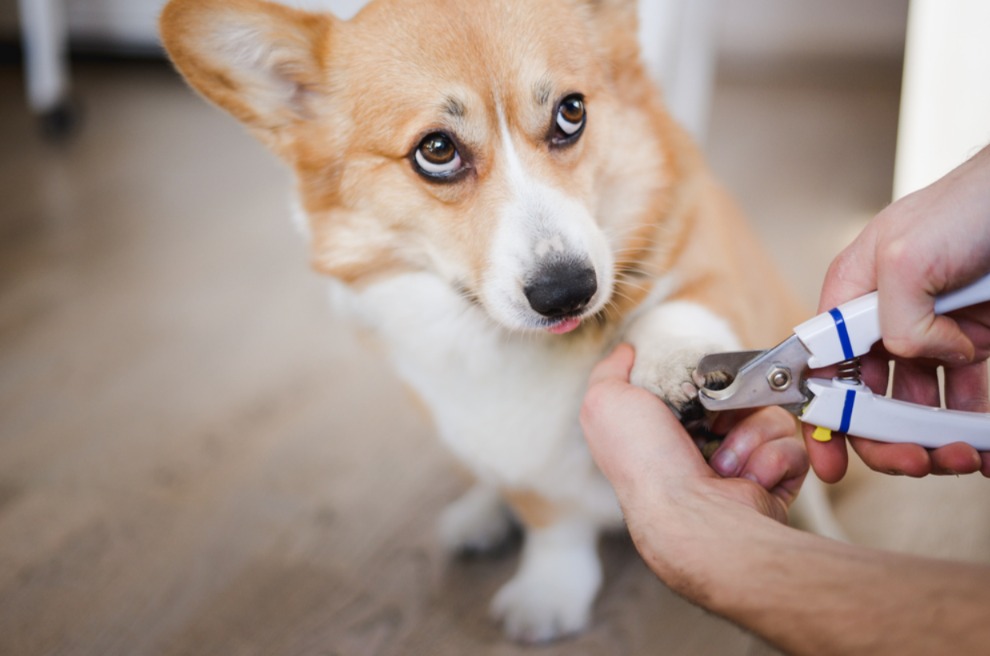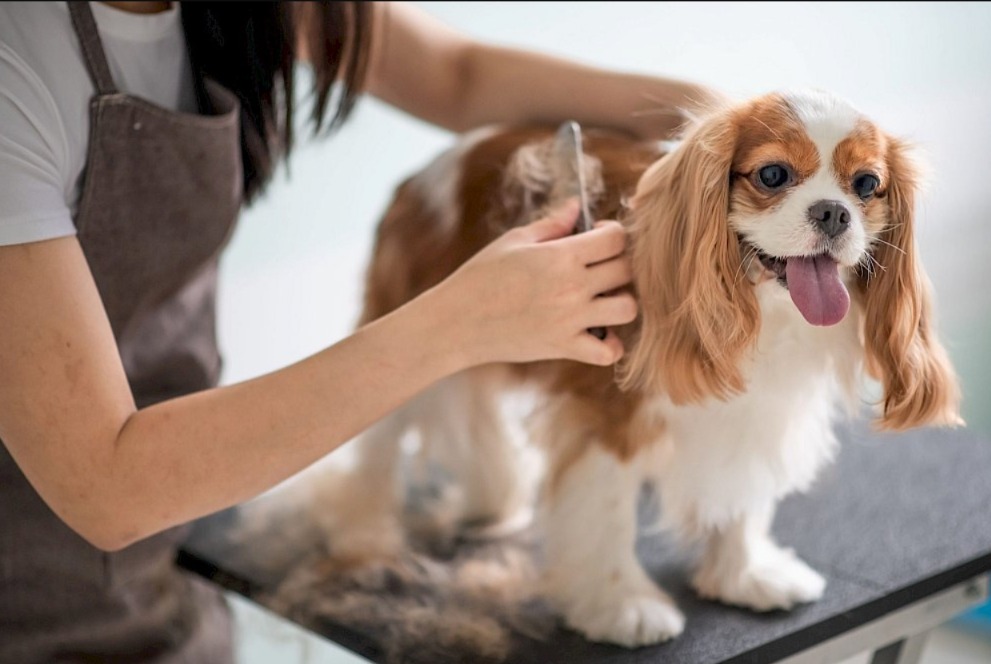
Imagine this: You walk into the vet’s office. Your dog is calm—tail wagging, no trembling. A groomer handles the clippers without a fight. Everyone in the room moves smoothly.
No chaos. No screams. No hiding under the chair. Sounds like a fantasy? It doesn’t have to be. Thanks to the concept of cooperative care, that kind of pet experience is absolutely doable.
At the Central Kentucky Veterinary Center in Georgetown, Kentucky, the team frames cooperative care as a relationship-centered approach to every part of pet handling—from nail trims to vaccines.
The core idea: teach your pet to choose to participate in routine handling rather than tolerate it. That simple shift changes everything.
What Is Cooperative Care?
Cooperative care isn’t obedience training—it’s empowerment training. It asks: How can your pet become an active partner in their own care?
The article defines it as “based on positive reinforcement, consent cues, and building trust through repeated, respectful experiences.”
When a dog feels safe, they’re calm, confident, and far easier to work with—whether at home or in the exam room.
Why does that matter? Because fear and stress wreak havoc. Pets who panic at the vet can grow aggressive or shut down.
Owners dread appointments. Veterinary staff face risk. Cooperative care flips the script. Pets who trust the process often become calm responders instead of anxious reactors.

Spotting the Early Warning Signs
Before your pet lashes out or tanks during grooming, they often give clues. According to the article, signs include:
“Whale eye” (seeing the whites of the eyes)
Liplicking or yawning when nothing is tiring them
A tucked tail, body tension, avoiding touch
Shaking or panting despite no obvious cause
When you see those cues, hit pause. Don’t push further. Offer a break. Reward calm behavior. The message: “Your feelings matter.” That alone starts to build trust.
Build Skills at Home — The Foundation of Trust
Cooperative care begins outside the clinic—right in your living room. The article lays out specific skills to practice:
Chin rest: Teach your dog to rest their chin on your hand or a towel when ready, and then touch their body while their chin remains steady.
Paw lifts: Touch gently, hold the paw briefly, reward calm participation. Progress toward tapping a nail clipper.
Ear/tail touches: Use treats while gently touching ears or lifting the tail. These are often ignored in daily grooming but matter during vet visits.
Stand on cue: Ask your dog to stand while you move around them—builds stability and comfort.
Short sessions (30–60 seconds), frequent rewards, and stopping before frustration builds—that’s the golden trifecta.
Rehearse the Real Thing Before It’s Real
When it’s exam day or grooming time, you don’t want your dog experiencing it for the first time. The article advises to simulate the experience:
Practice holds (leg touches, light pressure) just like vet techs do.
Use safe tools earlier—stethoscope, empty syringe, grooming brush—so the smells and sounds aren’t novel.
Reward cooperation instead of forcing restraint.
This isn’t “trick them into compliance.” It’s showing your dog: This is familiar. I’m safe. You’re in charge too.
Ready for the Visit? Prep Smartly
Before your next appointment:
Drop by the clinic just for treats and greetings—no procedures
Bring your dog’s favorite toy, blanket, or treat to bring comfort from home
Stay calm: your emotions are contagious
Ask about “happy visits”—appointments solely for positive associations
These steps build anticipation for something good—not dread for something scary.
When Progress Feels Slow—That’s Okay
Some pets—especially those with trauma or grooming aversion—take longer. The article emphasizes:
Go at their pace
Track tiny wins (a voluntary paw lift counts!)
Ask for help: behaviorist, trainer, or low-stress handling certified staff
This isn’t a race. It’s a journey to trust.

Why this Matters More Than Ever
Veterinary care is evolving. More clinics are going Fear-Free or Low-Stress Handling certified. The focus is turning from just treat the body to care for the whole being.
Emotional welfare matters as much as physical health.
So when you make your pet comfortable with grooming, handling, vet exams—you’re investing in every year ahead.
Because a calm vet visit = early detection of issues = longer, healthier life.
The Bottom Line
Cooperative care is the difference between “tolerate the vet” and “participate in the vet.” It’s the difference between dread and trust.
And it’s something you can start today. Touch the paw. Offer the chin rest. Reward the calm. Practice a little every day.
When your pet sees handling or vet tools and responds with curiosity instead of fear—that’s your reward. You built it. Together.
Start now. Make the vet visit the chosen part of their care, not the dreaded part.
Your pet will thank you—with less stress, less struggle, and more trust.



